New Delhi Airport is located in Palam, New Delhi, the capital of India. Its official name is Indira Gandhi International Airport. It is named after Indian statesman Indira Gandhi. The airport is 15 kilometers (9.3 miles) from the New Delhi Railway Station and 16 kilometers (9.9 miles) from the New Delhi city centre. The airport occupies an area of 5106 acres (2,066 hectares).
New Delhi Airport is India’s largest airport in terms of passenger traffic. In 2019, it handled 67.3 million passenger traffic, with 450,012 sorties of aircraft taking off and landing. In 2015, it surpassed Mumbai Airport to become India’s largest airport in terms of cargo volume. In 2019, it handled 955,858 tons of cargo.
In September 2008, the airport opened a 4,430 m (14,530 ft) runway. With the opening of Terminal 3 in 2010, it has become the largest aviation hub in India and South Asia.
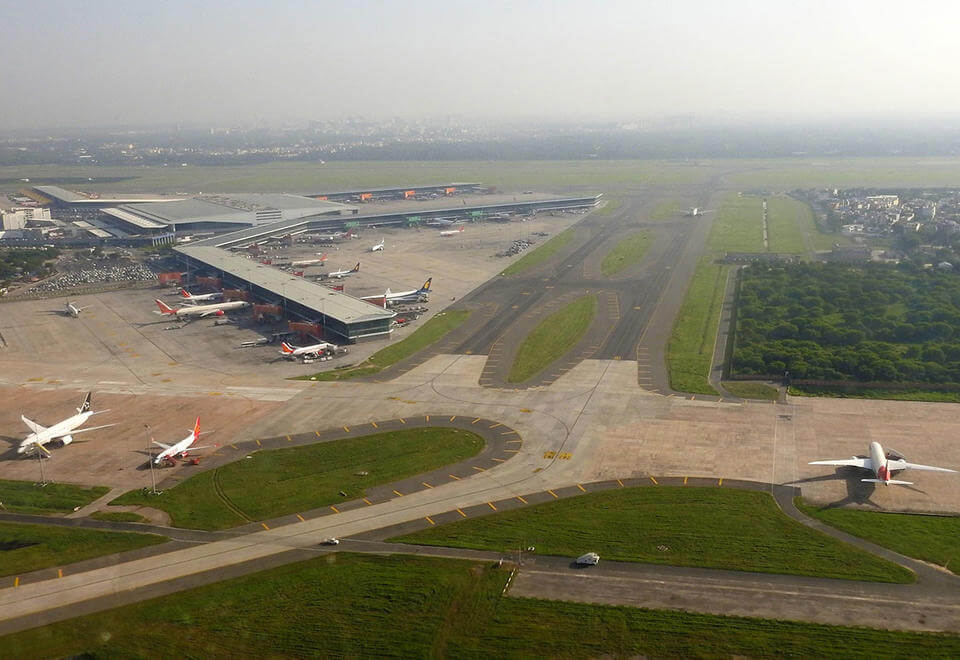
History
- Safdarjung Airport was built in 1930 and was the main airport of Delhi until 1962. Due to the increase in passenger traffic at Safdarjung Airport, the civil aviation business was transferred to Palam Airport (later renamed IGIA) in 1962.
- Palam Airport was built as Royal Air Force Palam during the Second World War (1940s). After the British left, it was an air base of the Indian Air Force.
- Due to the increase in air traffic in the 1970s and 1980s, an additional terminal was built, almost four times the size of the old Palam Airport terminal.
- Terminal 2 was completed in April 1986. On May 2, 1986, the airport was renamed Indira Gandhi International Airport (IGIA).
- The actual throughput in 2005/06 is estimated at 10.4 million passengers. Including the closed international terminal (Terminal 2), the airport has a total annual passenger capacity of 12.5 million, while the total passenger capacity in 2006/07 was 16.5 million per year.
- On January 31, 2006, the Indian Air Force handed over the airport to the Indian Airport Authority for operation.
- In 2008, the total number of passengers at the airport reached 23.97 million.
- On April 19, 2009, Terminal 1D began operations.
- On July 3, 2010, the larger Terminal 3 was built and put into operation. The construction of the new terminal building was completed in 37 months. The terminal has increased the airport’s total passenger traffic by 34 million.
- In 2017, 1 billion rupees were spent on the renovation of Terminal 2.
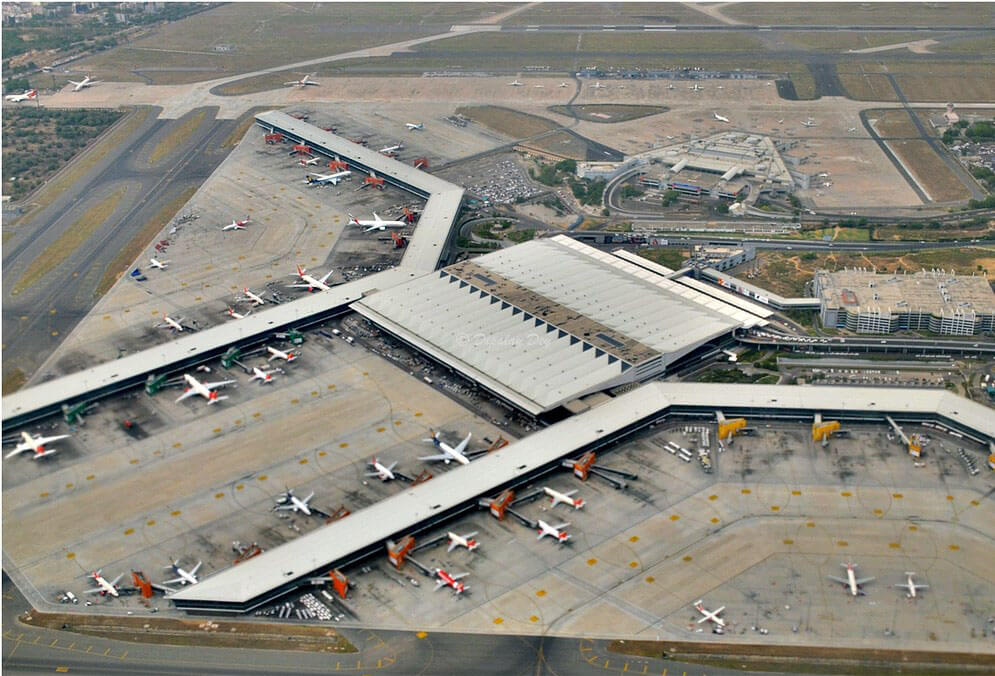
Terminals
Terminal 1
Low-cost airlines IndiGo and SpiceJet currently use Terminal 1. DIAL is working hard to expand Terminal 1 and increase its annual passenger throughput from the current 18 million to 30 million within four years by 2022.
Terminal 1A
Terminal 1A was built in the late 1980s to cater to Air India. After the inside story was destroyed by the fire, it must be refurbished, and DIAL made a major upgrade to the terminal. Air India used it for Airbus operations until it moved to the new Terminal 3 on November 11, 2010. The terminal is now closed and is expected to be demolished when the new terminal is completed.
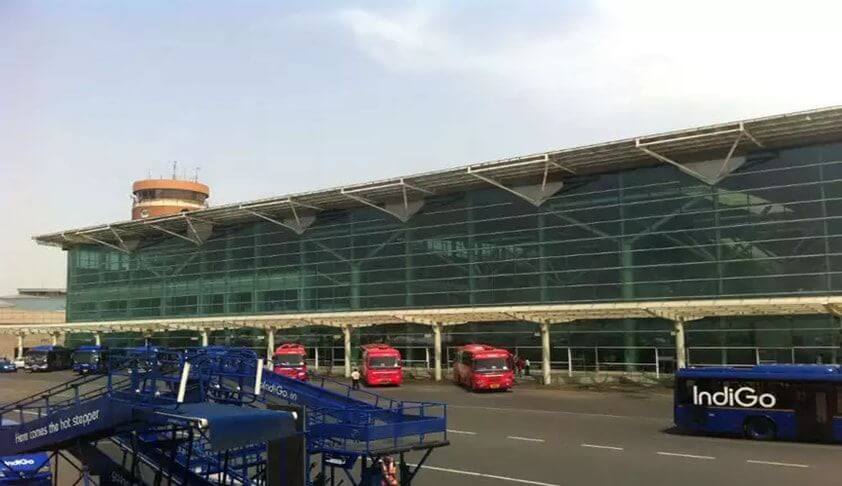
Terminal 1C
Terminal 1C is only for domestic arrivals. The terminal has been upgraded with a new welcome area and a larger luggage storage area with eight belts.
Terminal 1D
Terminal 1D is a newly built domestic departure terminal with a total construction area of 53,000 m² (570,000 square feet) and can accommodate 15 million passengers per year.
Terminal 1D started operations on April 19, 2009. It has 72 check-in counters with universal terminal equipment (CUTE) enabled, 16 self-service check-in counters and 16 safe passages.
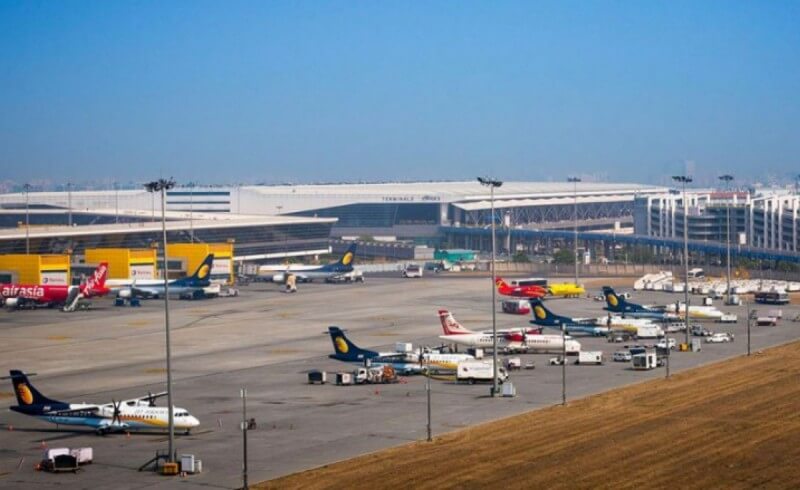
Terminal 2
Terminal 2 was put into use on May 1, 1986 at a cost of 950 million rupees (approximately 13 million U.S. dollars) for international flight operations until the transfer of operations to Terminal 3 in July 2010.
In 2017, 1 billion rupees were spent on the renovation of Terminal 2.
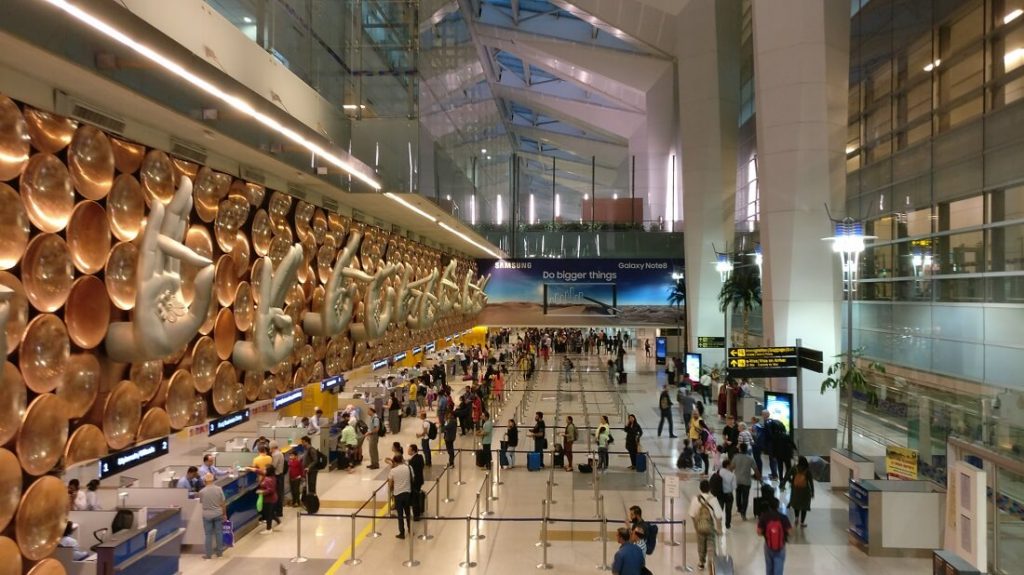
Terminal 3
Terminal 3, which opened for business on July 3, 2010, covers an area of more than 20 acres (8.1 hectares).
The terminal has 168 check-in counters, 78 air bridges, 54 parking spaces, 95 entry and exit counters, 15 X-ray inspection areas, shorter waiting times, duty-free shops and other functions.
The arrival area is equipped with 14 luggage conveyor belts. T3 has India’s first automatic parking management and guidance system in a multi-storey car park. The car park includes seven floors and can accommodate 4,300 cars.
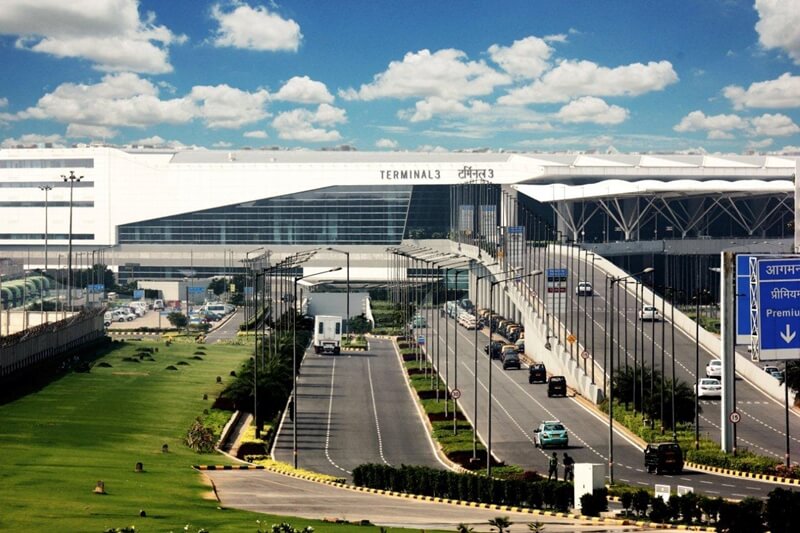
New Delhi Airport Data
- Country
- India
- Region
- South Asia
- Status
- In use
- Official name
- Indira Gandhi International Airport
- Other name
- Delhi Airport
- Location
- Palam, Delhi, India
- Owner
- Delhi International Airport Limited (DIAL) (GMR Group (64%) Airports Authority of India (26%) Fraport (10%) )
- Official website
- newdelhiairport.in
- Operator
- Delhi International Airport Limited (DIAL)
- Began
- 1940s
- Opened
- 1962
- Airport type
- Public
- Airport code
- IATA: DELICAO: VIDP
- Airport area
- 5115 acres / 20.7 km²
- Runway length
- 1*2,813 m, 1*3,810 m, 1*4,430 m,
- Passenger traffic
- 67.3 million(2019)
- Freight volume
- 955,858 tons (2019)
- Takeoffs and landings
- 450,012 sorties
View New Delhi Airport on Google Satellite Map
Google satellite maps allow you to see building details more clearly, including natural landscapes such as mountains, rivers, deserts, sea and man-made engineering buildings.
If you are very interested in this engineering building, it is a good idea to click below Google Map icon. We will help you jump to the corresponding location of this building or engineering on Google satellite map.




























































